
Archaeology
Archaeology is the study of human history and prehistory through the excavation and analysis of artefacts, structures, and other physical remains.
Archaeology is the study of human history and prehistory through the excavation and analysis of... View more
Shepherd’s graffiti reveals new insights into the mystery of the lost Acropolis temple
-
Shepherd’s graffiti reveals new insights into the mystery of the lost Acropolis temple
The <a class="wpg-linkify wpg-tooltip" title="
Acropolis of Athens
The Acropolis of Athens is a magnificent ancient citadel located on a rocky hilltop overlooking the city of Athens, Greece. It is one of the most iconic and significant architectural and historical landmarks in the world. The name “Acropolis” derives from the Greek words “akro,” meaning high, and “polis,” meaning city, thus signifying its prominent location. Credit: Goodshoot/Jupiterimages The history of the Acropolis dates back to the ancient Greek civilization, particularly the 5th century BCE, commonly known as the Golden” href=”https://archaeologymag.com/encyclopedia/acropolis-of-athens/” target=”_blank”>Acropolis of Athens, a renowned archaeological site known for the iconic Parthenon, continues to reveal new insights into its ancient history. A recent publication in the American Journal of Archaeology by Merle Langdon from the University of Tennessee and Janric van Rookhuijzen uncovers a significant historical find: ancient graffiti that may depict a lost temple on the site of the Parthenon.
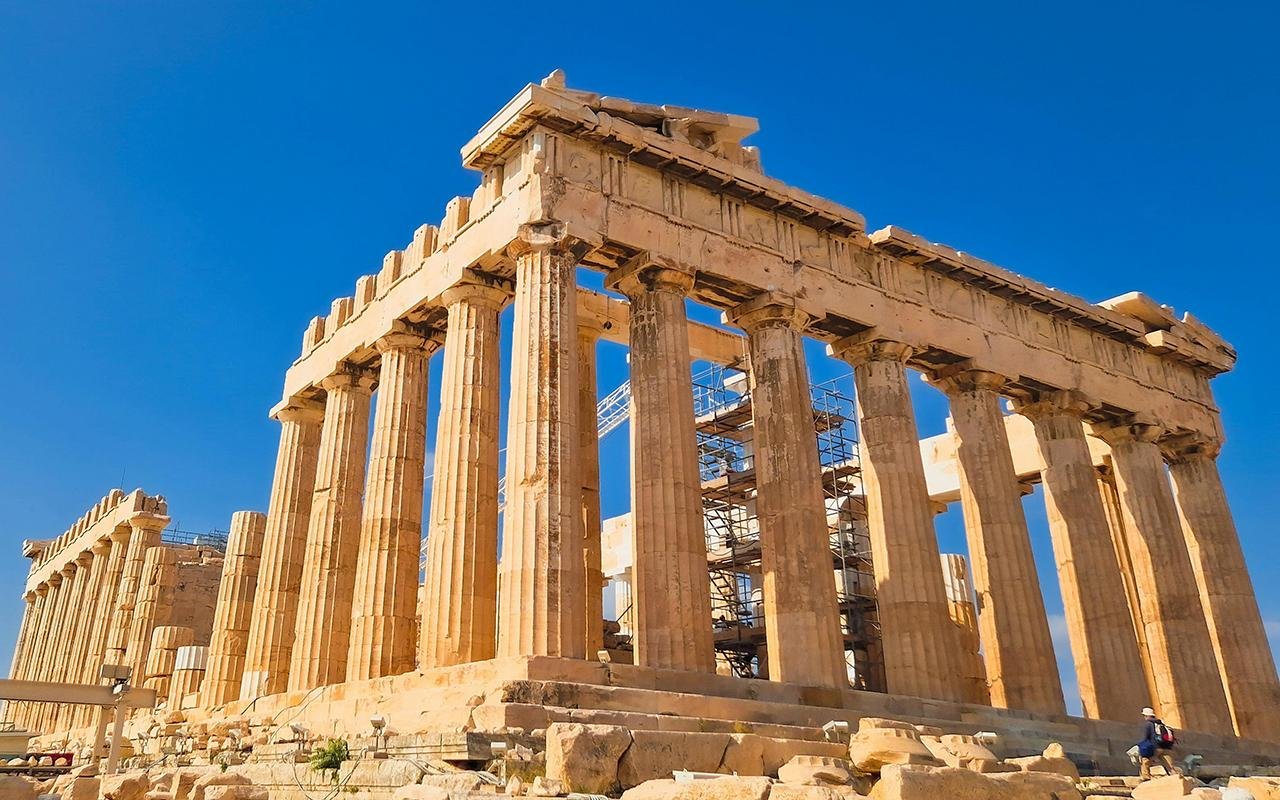
Acropolis of Athens. Credit: Mirwpy Sk This discovery emerged from a large collection of over 2,000 graffiti on marble outcrops in the hills around Vari, a town southeast of Athens. These engravings, dating back to the 6th century BCE, were created by local shepherds and goatherds. The graffiti includes various drawings and inscriptions, featuring ships, horses, ****** scenes, and buildings. Among these, a unique drawing of a temple, inscribed with the term “Hekatompedon” and signed by an individual named Mikon, stands out.
The term “Hekatompedon,” which translates to “100-footer,” is historically significant. It refers to a structure of enormous size and is known to be the ancient name of the Parthenon, dedicated to the goddess Athena. The version of the Greek alphabet used in Mikon’s inscription dates back to the 6th century BCE, making it clear that this drawing predates the construction of the Parthenon by at least 50 years, as the Parthenon was begun around 450 BCE.
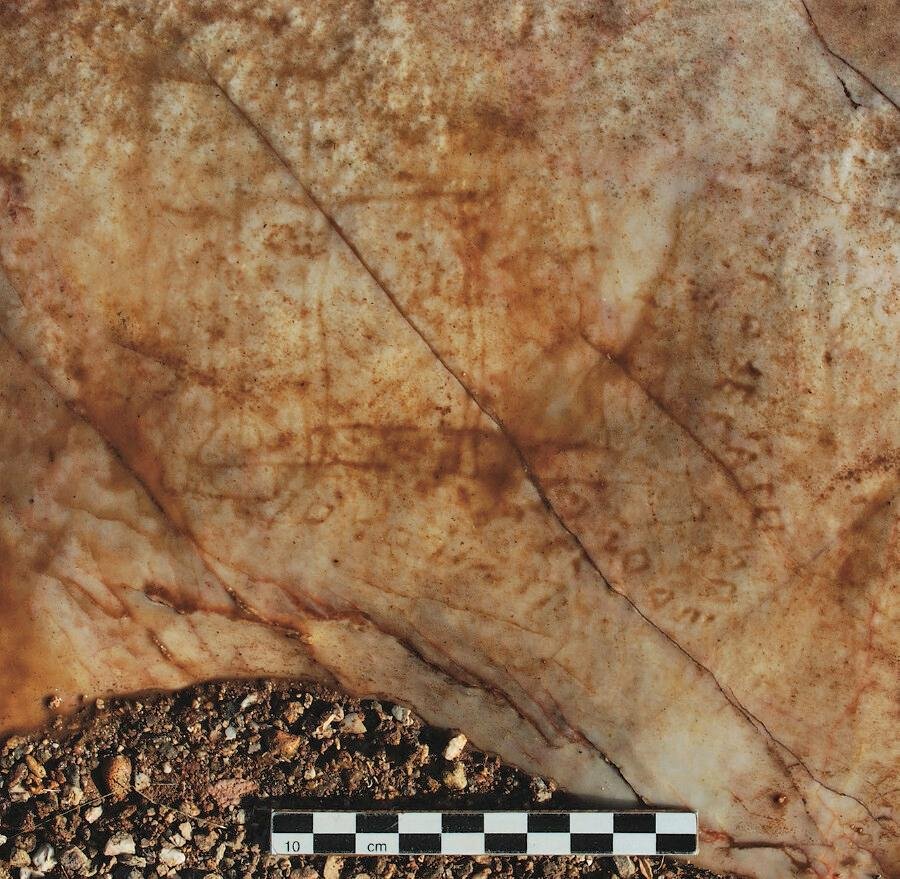
Photograph of the graffiti. Credit: Langdon et al., American Journal of Archaeology (2024) This finding supports the theory that the Parthenon was not the first temple to stand on the Acropolis. It has long been believed that older temples existed on the site, but their exact dates, appearances, and locations have been subjects of intense archaeological debate. The destruction of Acropolis buildings by the Persian army in 480 BCE during the Greek-Persian Wars further complicates the historical understanding.
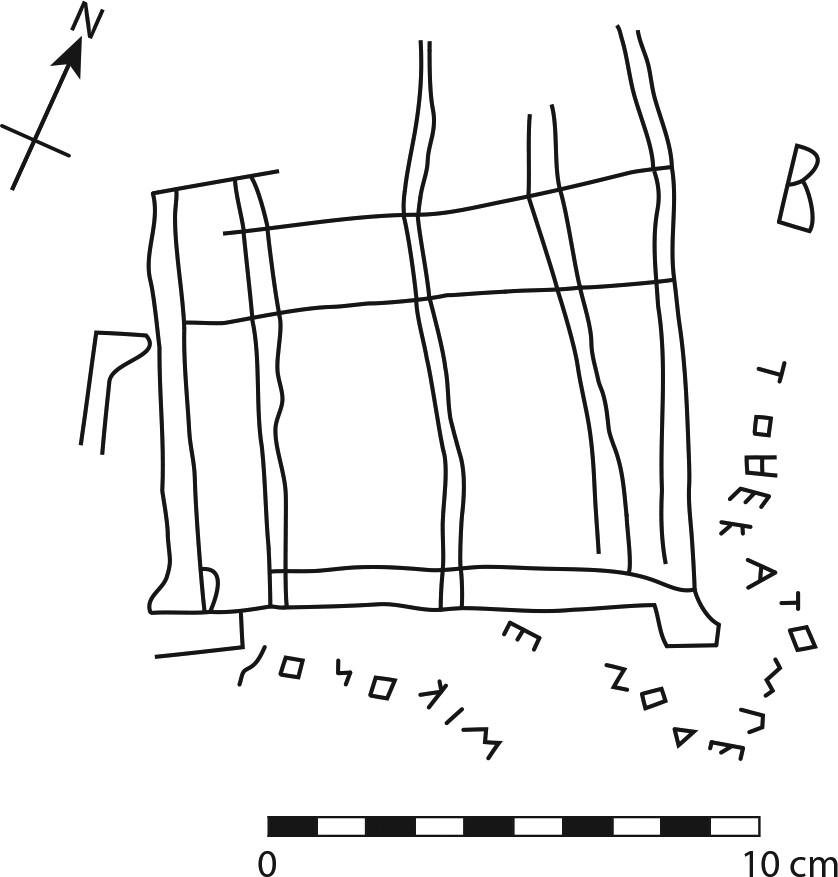
Sketch of the graffito, indicating reasonably secure lines and letters. Credit: Langdon et al., American Journal of Archaeology (2024) The Acropolis Museum houses large broken sculptures depicting Greek mythological scenes and animals, which may have originally adorned these older temples. The recently discovered graffito by Mikon suggests that one of these lost temples could be the Hekatompedon mentioned in historical decrees.
An ancient Greek democratic decree from before the Persian attack also references a Hekatompedon on the Acropolis, used ambiguously for “treasure storage.” This decree has been known for a long time, but its exact reference has been debated among archaeologists. Some believed the Hekatompedon mentioned was a temple, as Greek temples often stored treasures offered to the gods, while others argued it referred to an open courtyard.
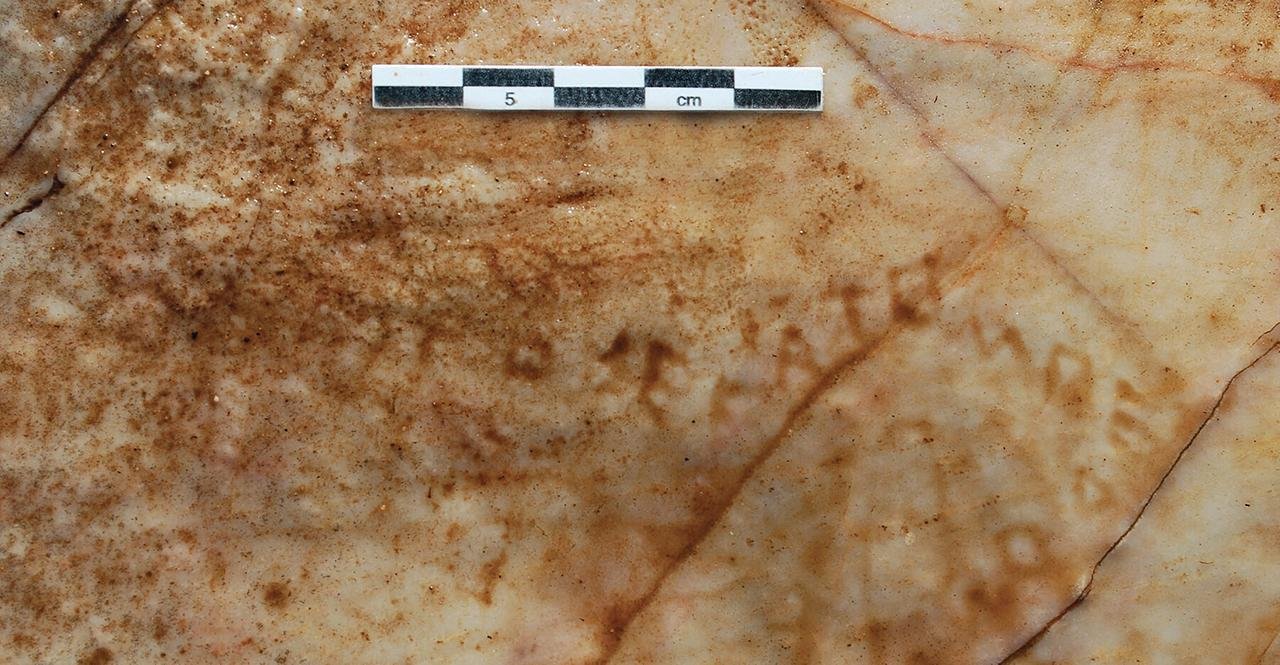
Close-up view of the words τὸ hεκατόµπεδον. Credit: Langdon et al., American Journal of Archaeology (2024) Mikon’s graffito provides critical evidence in this debate. Since Mikon labeled his drawn temple as a Hekatompedon, it is likely that the term in the decree also referred to a temple. This finding not only corroborates the historical use of the term but also implies that the Hekatompedon, mentioned in the decree, was indeed a temple.
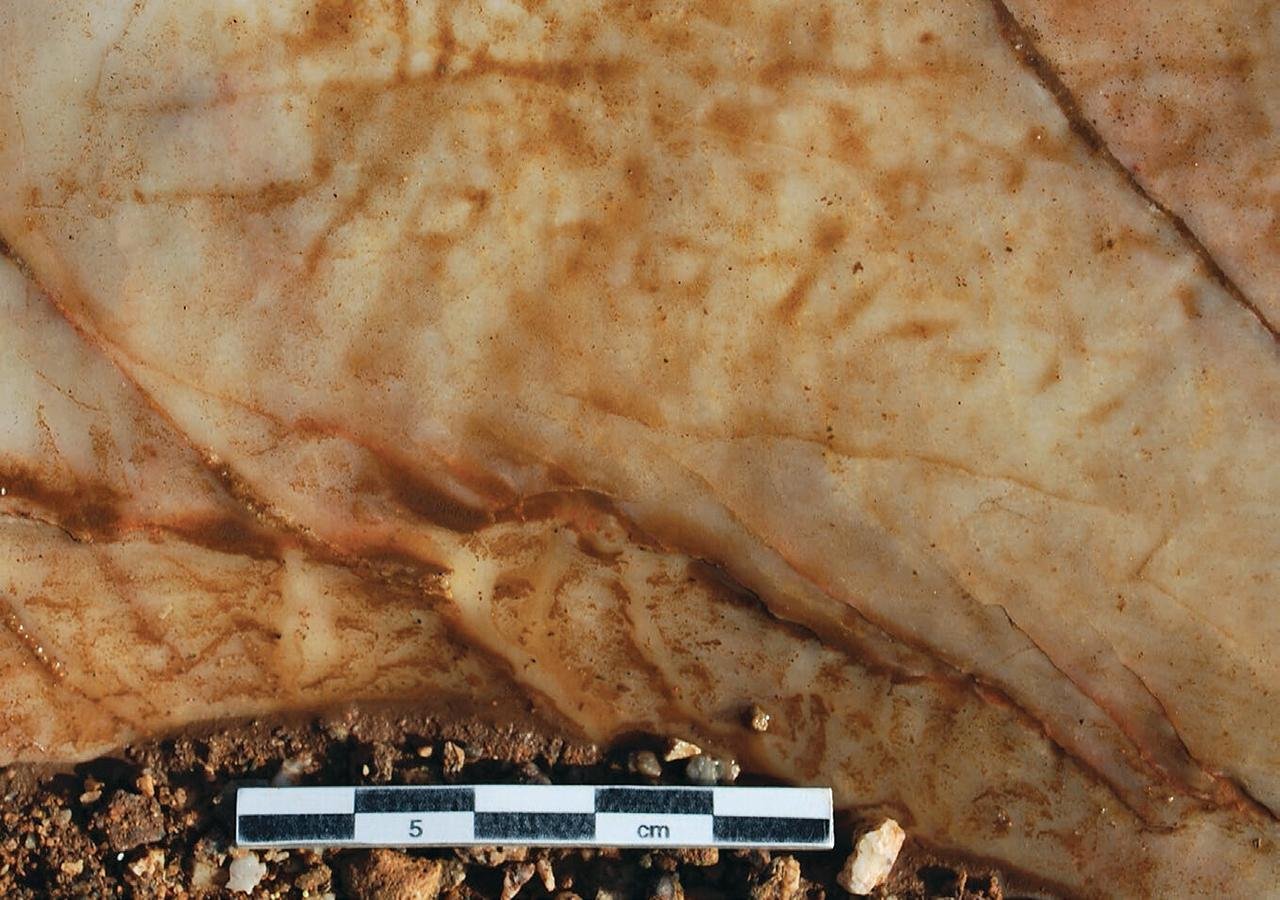
Close-up view of the name Μίκōνος. Credit: Langdon et al., American Journal of Archaeology (2024) The drawing itself, though rough, depicts a colonnaded building with steps, suggesting it was a significant structure. It also marks the earliest epigraphic attestation of the term Hekatompedon. The use of the definite article “το” (to) implies a specific and recognizable building, most probably on the Acropolis of Athens.
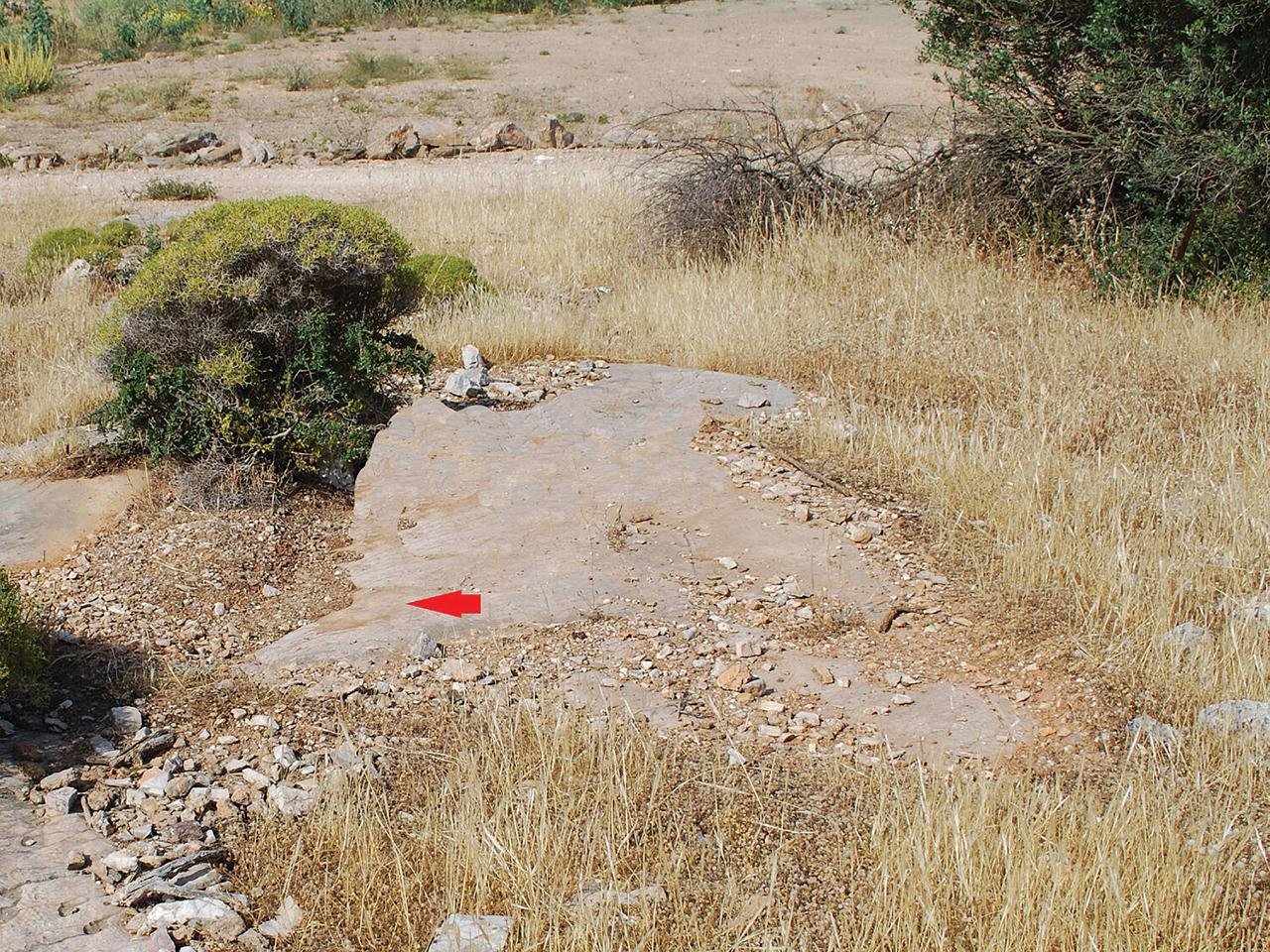
Patch of bedrock where the graffito is located (arrow). Credit: Langdon et al., American Journal of Archaeology (2024) Beyond its archaeological significance, the graffito reveals that shepherds, contrary to common belief, possessed literacy skills during this early period when literacy was still spreading in the Greek world.
The discovery of Mikon’s graffito opens new avenues for future research on the architectural history of the Acropolis during the Archaic period. It underscores the significance of the term Hekatompedon in historical records and supports the view that it referred to a temple on the Acropolis, likely located on its southern side.
More information: Langdon, M. K., & van Rookhuijzen, J. Z. (2024). Mikon’s hekatompedon: An architectural graffito from Attica. American Journal of Archaeology, 128(3), 433–442. doi:10.1086/729771
Sorry, there were no replies found.
Log in to reply.
